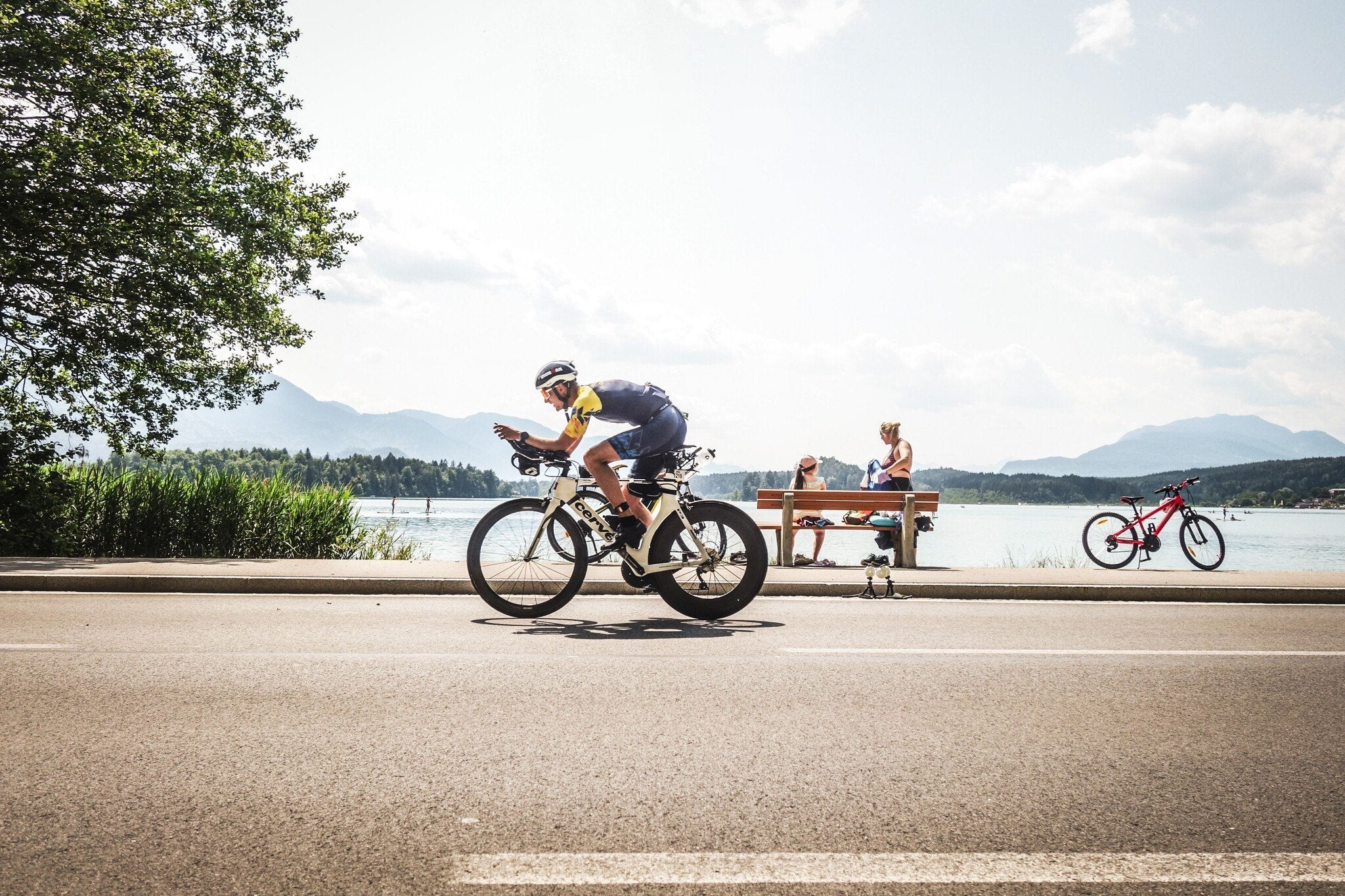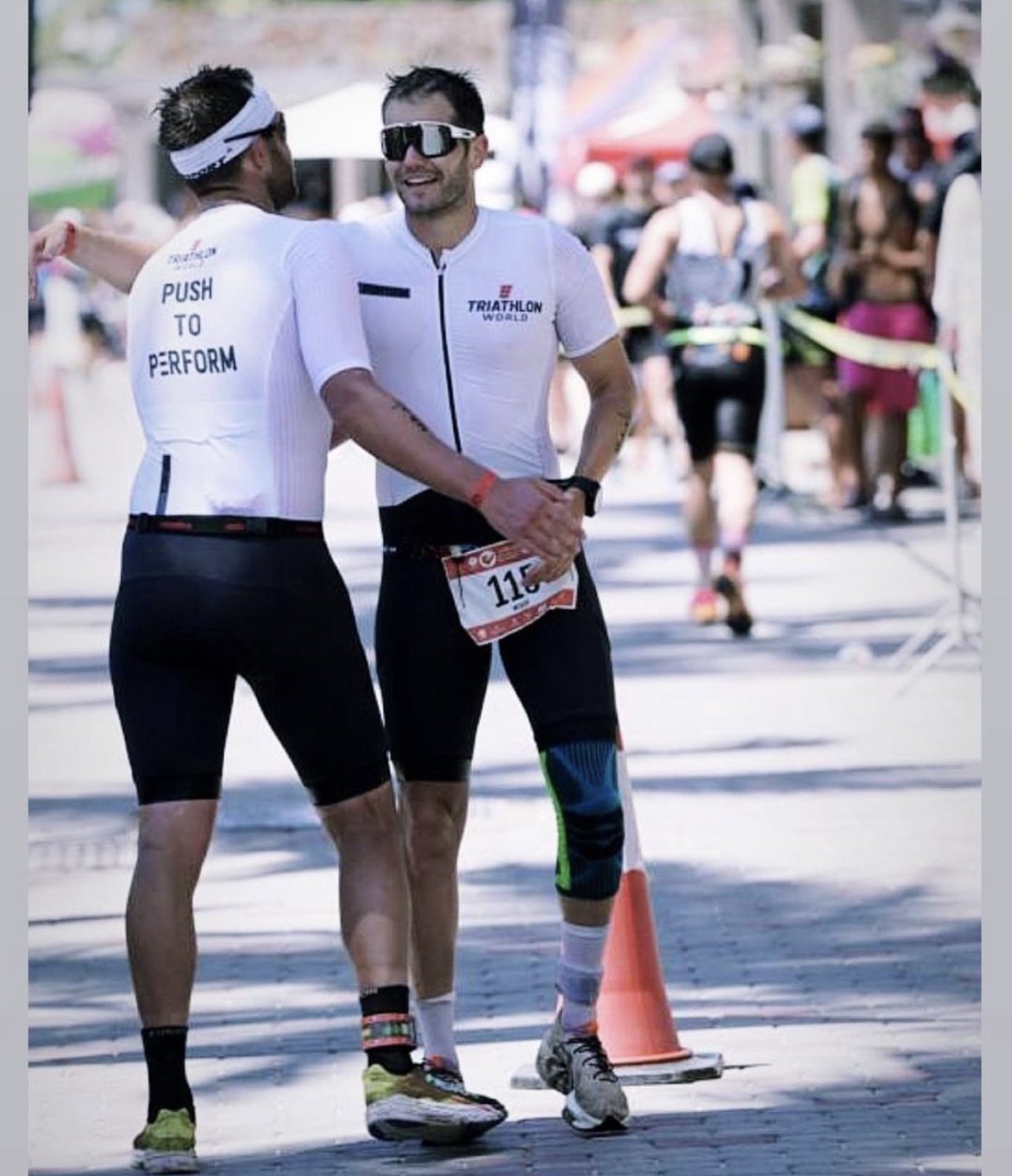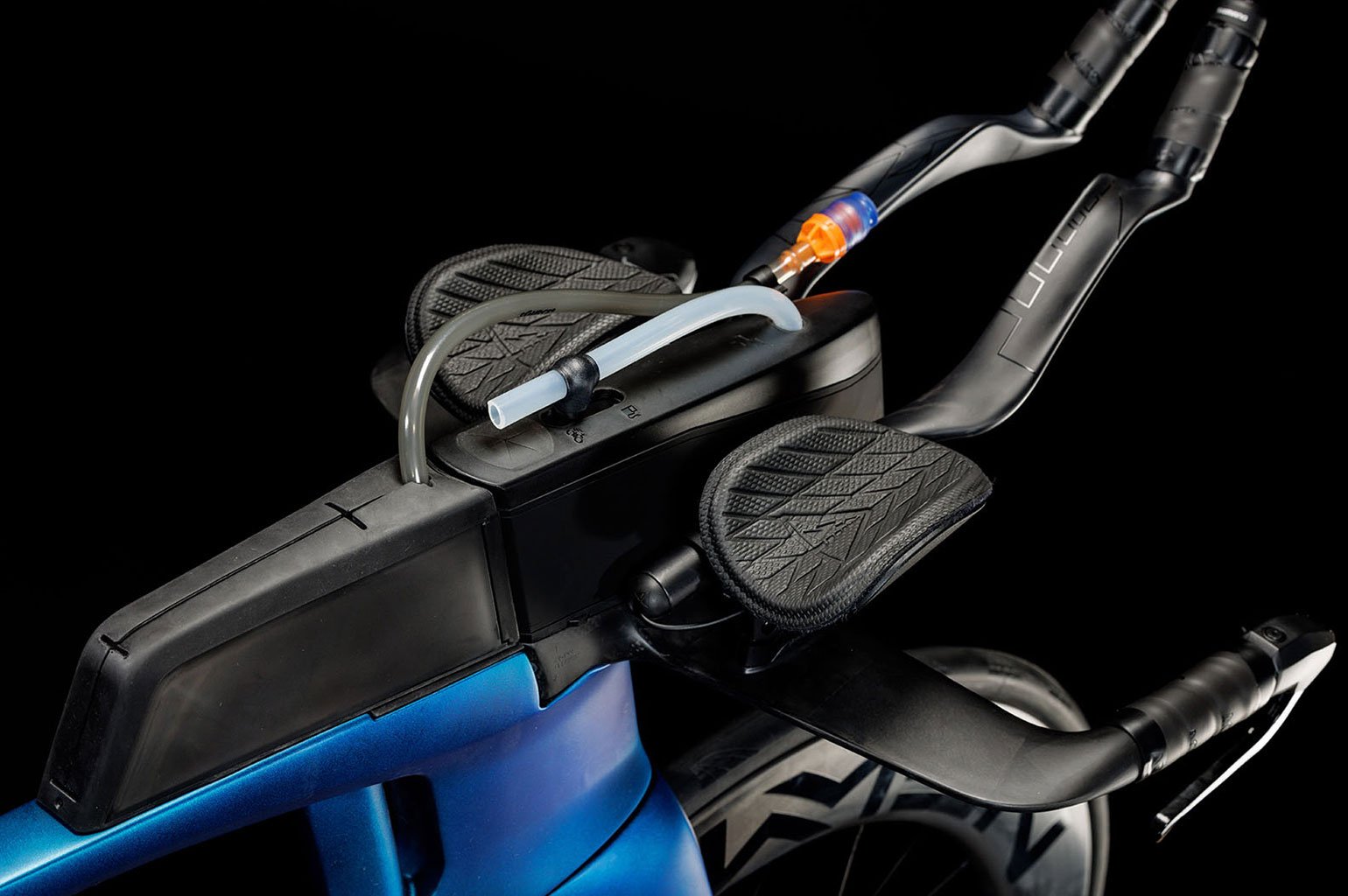
Running on power, how does it work?
, by Sander d'Hont, 6 min reading time

, by Sander d'Hont, 6 min reading time
How do you run on power and why is running power a good addition to the heart rate when walking? Sander talks about it in this blog.
In my September blog I described my experiences after one month of running with the Stryd power meter . Then I said, among other things, that I saw the added value of training with power, especially because of the direct response to effort and the external factors that were taken into account. After this month I continued using the power meter. One question was central to me: if I look at my training in more detail, what does the power meter really add? To answer that question I looked at two comparisons; power vs. heart rate and power vs. pace.
In which situations is it more useful to look at power instead of heart rate? I am mainly thinking of the immediate response of power when effort changes, while the heart rate reacts with a delay. In my first blog I already mentioned the start of an endurance run as an example; I then have to run at a higher intensity to even get into the heart rate zone. However, the power is immediately at the right level. Handy, such a direct response, but what does it add? It turns out that the decline during an endurance run is less if I focus on power. By not running at high intensity in the beginning to achieve a certain heart rate, you can run at the same intensity (power) more easily and for longer towards the end of the training. If I run at heart rate, you will see a drop in pace towards the end of the training, while this happens less or not at all if I immediately start running at power.
Another example I mentioned earlier was intervals, especially short intervals. The heart rate responds so slowly that the interval is practically over before the heart rate reaches normal levels. Using power as an intensity indicator would work better here due to its direct response. What I do recommend here is the setting to see the average power of 3 seconds. This ensures that the values are displayed somewhat gradually instead of strongly varying values (then there is no way to make sense of it). This applies to the entire use of the Stryd by the way.
By the way, I have noticed that the distance measurement of the Stryd footpod seems to have some delay. For example, with an interval of 0.4 km you see 0.38 km and with a 1 km interval you see 0.98 km. The effect of that delay is therefore greater with a short interval. For that reason I preferred the GPS measurement on my watch and not the distance measurement of the Stryd.
Are there situations in which power is more useful than pace? Of course! And for two reasons. First of all, the effect of wind cannot be underestimated, especially if you live in the always windy Zeeland. I took a closer look at my training sessions in which there was a strong wind. During interval training (with intervals of 1 km) I noticed the big difference between tailwind and headwind. Headwind was a significantly greater effort than tailwind to run the same pace. Stryd's power measurement also registers this: with the so-called "air power" you see the extra power that needs to be delivered to overcome the wind.


In the photos above you can see the difference (orange = power, blue = pace, gray = air power) during one specific interval. At the measuring point in photo 1 (headwind) you see an air power of 16%, a total power of 351W and a pace of 3:42/km. This means that 16% of the 351W (=56.2W) was delivered to overcome the headwind. At the measurement moment in photo 2 (tailwind) you see an air power of 0%, total power of 324W and a pace of 3:20/km. So here I ran a faster pace with lower power. That sounds contradictory, but when I look at the feeling of the effort, it is correct. A pace of 3:20 with a tailwind feels easier than a pace of 3:42 against a strong wind. Here I see a great added value: instead of focusing blindly on pace and pushing to achieve that pace in difficult circumstances, it is better to look at the level of effort, which is perfectly reflected in the power. This is also underlined by the photo of Stryd Airpower below. In the graph you can see that the pace (blue) remains the same, while the power (orange) has to be significantly increased in the second part due to the effect of the wind (the gray colored part is the air power).

Added value to Combat when running unpaved
Secondly, I think the power is an absolute added value when I run off-road. I like to run my endurance runs in the woods. However, the unpaved and highly varying terrain often means that the pace varies considerably when you try to run at the same intensity. You can see this in the photos of my forest run with Stryd below.


In photo 1 you see part of an alternating course in the forest (including four gears in between). If you look at the pace (blue) between the gears you will see that this is anything but constant. However, the power (orange) is much better. This is caused by the difference in surface. Photo 2 shows a time frame of one hour, again in the forest. You see the same pattern there. The power shows a much flatter transition between the gears than the pace. You also see that the pace during such a short acceleration differs per situation, while the peaks of the power graph have almost the same height. All this is caused by the forest paths. My advice; Don't look at the pace in such training, but focus on the intensity that is beautifully displayed by the Stryd power.
In short, pace and heart rate are generally excellent data for training on flat roads. They give the same indications as the power. As soon as other factors come into play, such as wind, hills or unpaved roads, pace or heart rate can give an incorrect picture. Power really adds something to your training.
Tria greetings,
Sander


